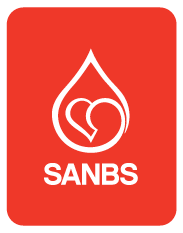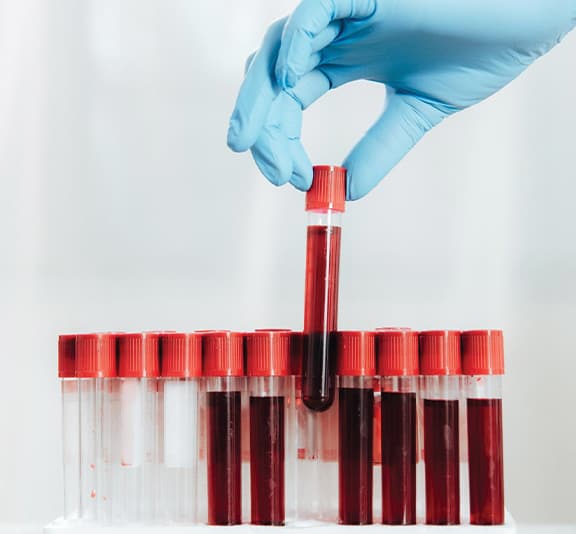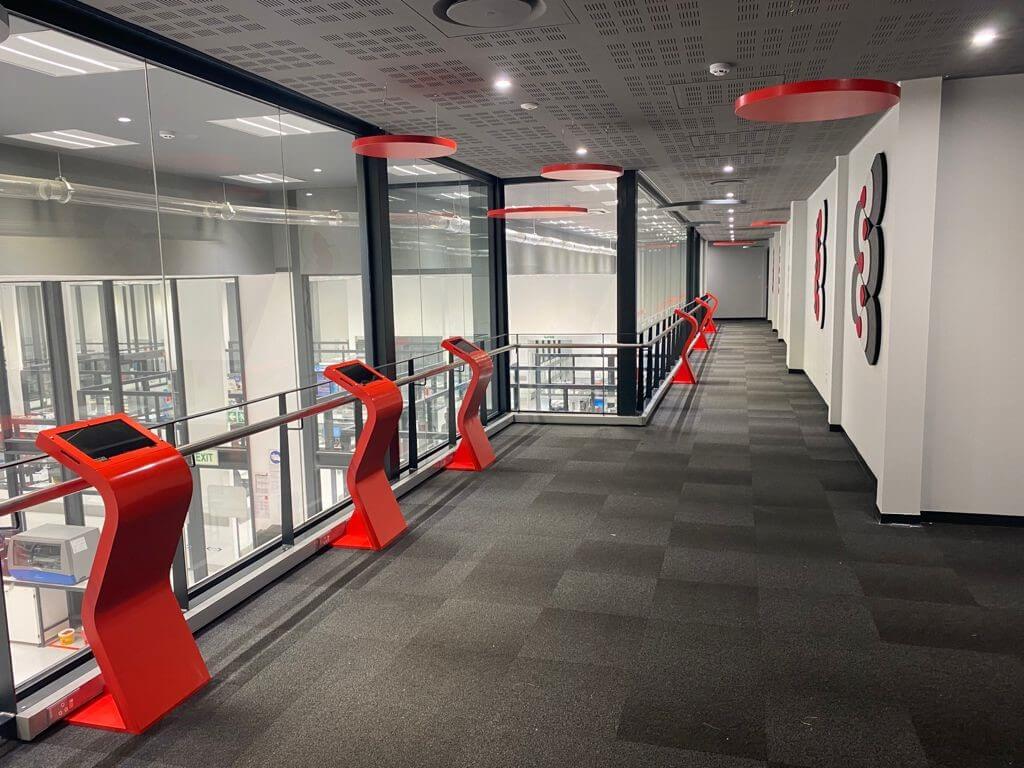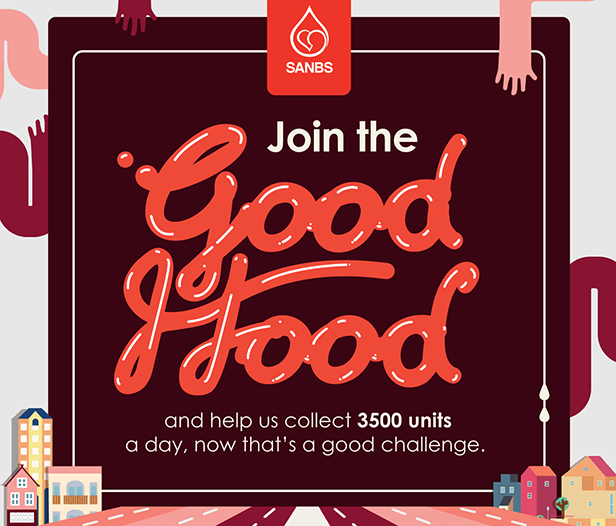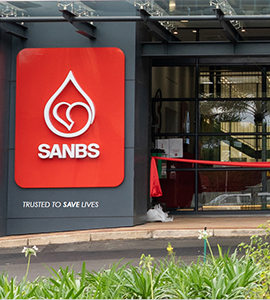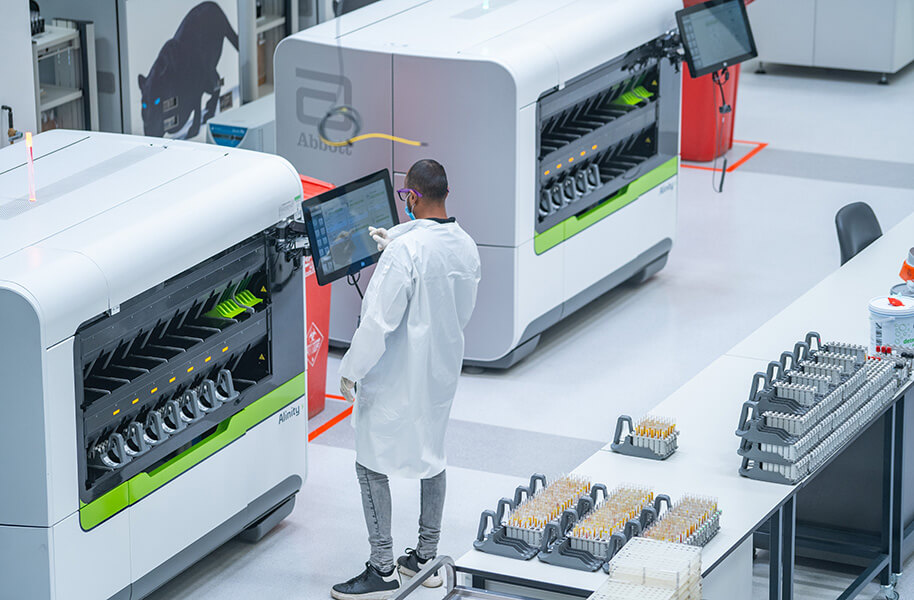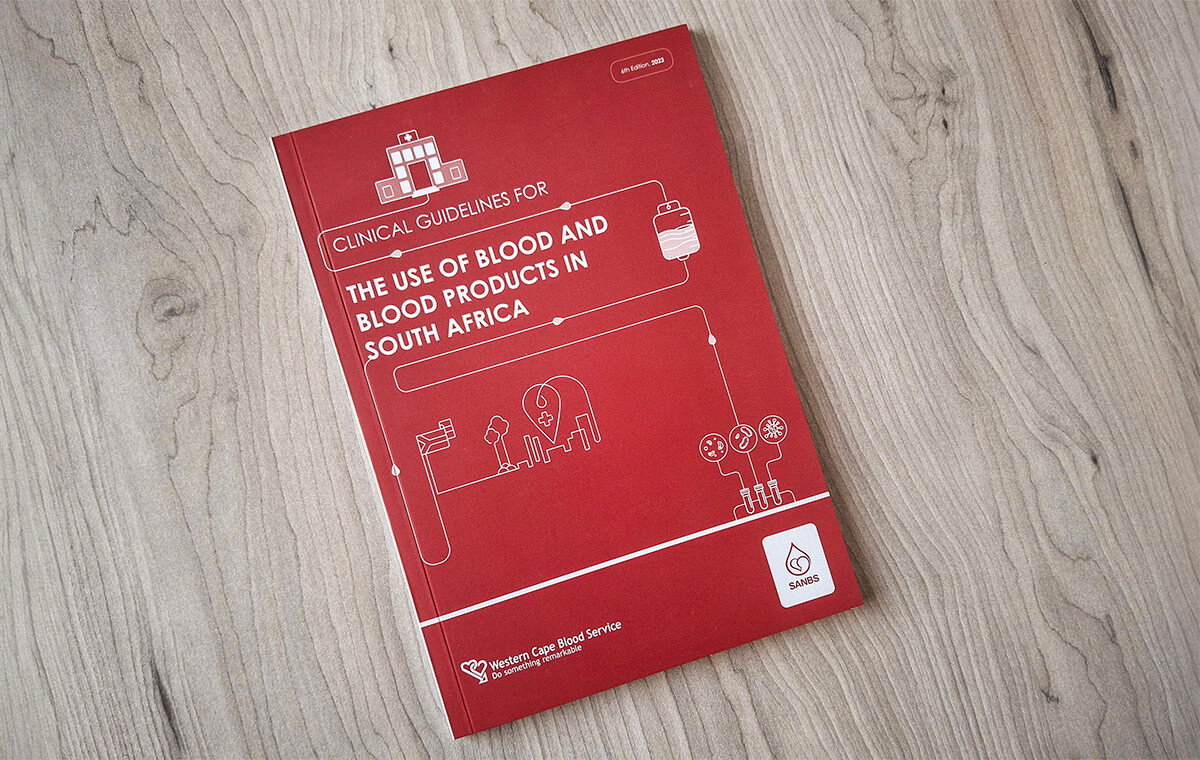Home
/
Donors
/
Donation Process

The Blood Donation Process
Donating safe blood means you are committed to participating in a vital community service to improve the quality of life for patients in need of blood transfusions.
We do everything possible to protect the health and well-being of our blood donors and people who receive their blood. As a result, our blood supply is among the safest in the world.
So What Does the Process of Blood Donation Entail?
You will complete a questionnaire concerning your personal details, medical history and sexual lifestyle
This is followed by a One-on-One Interview with one of our staff members who will check that you understand all the questions and the importance of giving honest answers
You will be required to give consent as per the donor questionnaire
Your blood pressure, pulse and haemoglobin level (a measure of whether you have sufficient circulating iron in your blood) will be assessed
If you meet the requirements for blood donation you will then donate about 450ml of whole blood or 650ml of plasma
All blood donation needles are sterile and used only once, before being destroyed
Following the donation, we advise that you sit for 15 – 20 minutes to allow your blood pressure to settle
Once you complete the donation you will be provided with a mini-pamphlet called a Thank You card
We strongly advise that you keep and read this card to learn ways to minimise complications post-donation
If you do not meet donation requirements, you will be deferred (asked not to donate for a while, or permanently depending on the circumstances)
Remember These Valuable Post-Donation Tips
If you don’t feel well after donating blood or think you may be coming down with an infection, please contact your donor centre, call our toll-free number 0800 119 031, or send an email to customerservice@sanbs.org.za
For more information on post-donation Do’s and Don’ts and your next donation date please click on our post-donation Thank You card.
How Often Should I Donate Blood?
You can donate whole blood every 56 days, platelets or plasma every 14 days
We recommend that donors commit to regular blood donation – at least four donations in two years
This helps us maintain a safe and sufficient blood supply
Is Blood Donation Safe?
Most of the time, giving blood is a simple, trouble-free, and positive experience.
However, a small number of donors (less than 2%) may experience some side effects such as:
However, a small number of donors (less than 2%) may experience some side effects such as:
Bruising or a painful arm
Dizziness and fainting
In some very rare cases, nerve or tendon injuries may occur
Our staff are trained to recognise and manage complications related to blood donation.
Iron Loss and Anaemia
Another unintentional consequence of donating blood is iron loss which may cause or aggravate anaemia. While most people’s bodies quickly and easily replace the iron lost during blood donation, some donors struggle with this.
This is more common in women of childbearing age, vegetarians, vegans, and anyone else following a low-iron diet.
For more information on iron loss and blood donation please visit our page on Iron, Ferritin and Blood donation.
This is more common in women of childbearing age, vegetarians, vegans, and anyone else following a low-iron diet.
For more information on iron loss and blood donation please visit our page on Iron, Ferritin and Blood donation.
What Happens to My Blood After Donation?
Less than 1% of blood is used as whole blood (the way you donated it).
By separating the other 99% into red blood cells, platelets and plasma, your donation can save up to 3 lives. Not bad considering the whole process takes about 30 minutes.
For more information on what happens to blood after donation see our info guide The Journey of Blood.
By separating the other 99% into red blood cells, platelets and plasma, your donation can save up to 3 lives. Not bad considering the whole process takes about 30 minutes.
For more information on what happens to blood after donation see our info guide The Journey of Blood.

Organise a blood drive!
Help SANBS recruit new blood donors by organising a blood drive in your community,
office, school, college, church, or residential complex.
